Archives
- 2025-10
- 2025-09
- 2025-03
- 2025-02
- 2025-01
- 2024-12
- 2024-11
- 2024-10
- 2024-09
- 2024-08
- 2024-07
- 2024-06
- 2024-05
- 2024-04
- 2024-03
- 2024-02
- 2024-01
- 2023-12
- 2023-11
- 2023-10
- 2023-09
- 2023-08
- 2023-07
- 2023-06
- 2023-05
- 2023-04
- 2023-03
- 2023-02
- 2023-01
- 2022-12
- 2022-11
- 2022-10
- 2022-09
- 2022-08
- 2022-07
- 2022-06
- 2022-05
- 2022-04
- 2022-03
- 2022-02
- 2022-01
- 2021-12
- 2021-11
- 2021-10
- 2021-09
- 2021-08
- 2021-07
- 2021-06
- 2021-05
- 2021-04
- 2021-03
- 2021-02
- 2021-01
- 2020-12
- 2020-11
- 2020-10
- 2020-09
- 2020-08
- 2020-07
- 2020-06
- 2020-05
- 2020-04
- 2020-03
- 2020-02
- 2020-01
- 2019-12
- 2019-11
- 2019-10
- 2019-09
- 2019-08
- 2019-07
- 2018-07
-
While we previously demonstrated that TraG is inhibited
2019-09-07
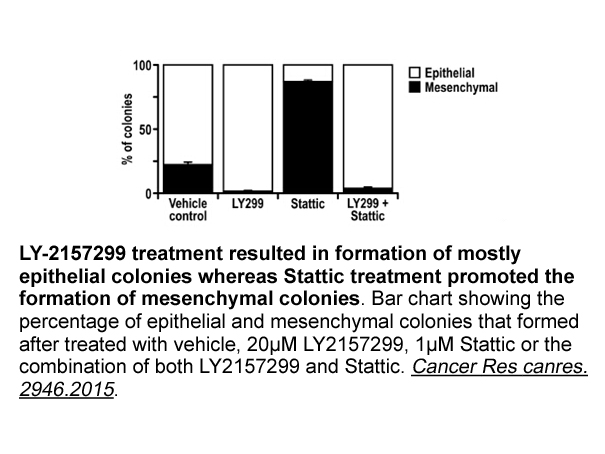
While we previously demonstrated that TraG is inhibited by specific transglycosylase inhibitors and that enzymatic activity is strongly reduced upon mutation of the potential catalytic core (Arends et al., 2013), the enzymatic mechanism of both domains was not assigned. Here, by mass spectrometry an
-
CAY10499 mass Long stretches of ssDNA have also
2019-09-07
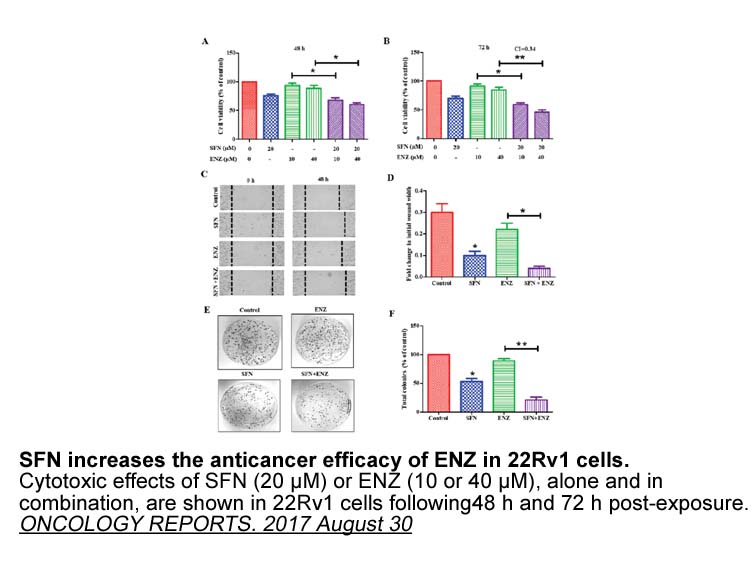
Long stretches of ssDNA have also been observed in rad53-1 mutant CAY10499 mass under replication stress using EM images (Sogo et al., 2002). Deletion of EXO1, a 5′-to-3′ exonuclease, can suppress the generation of ssDNA detected in rad53-1 mutant cells (Cotta-Ramusino et al., 2005). It was thus pr
-
Structural homology modelling Intensive Phyre modelling was
2019-09-07
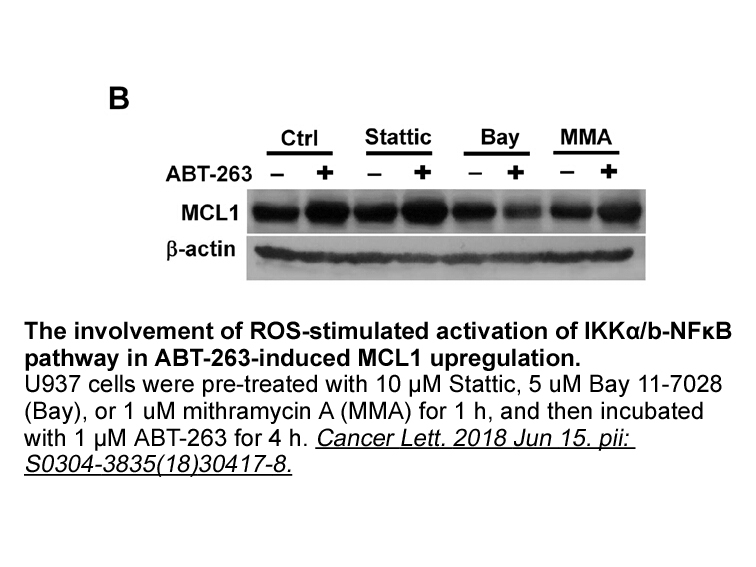
Structural homology modelling. Intensive Phyre2 modelling [44] was performed using the primary amino BIBW 2992 sequence of A1S_0222 as input to generate an atomistic 3D-homology model of A1S_0222. The fit to the SAXS data of the homology model as well as the fit to the data of the E. coli adenine-N
-
Secondary and primary studies have considered the decision t
2019-09-06
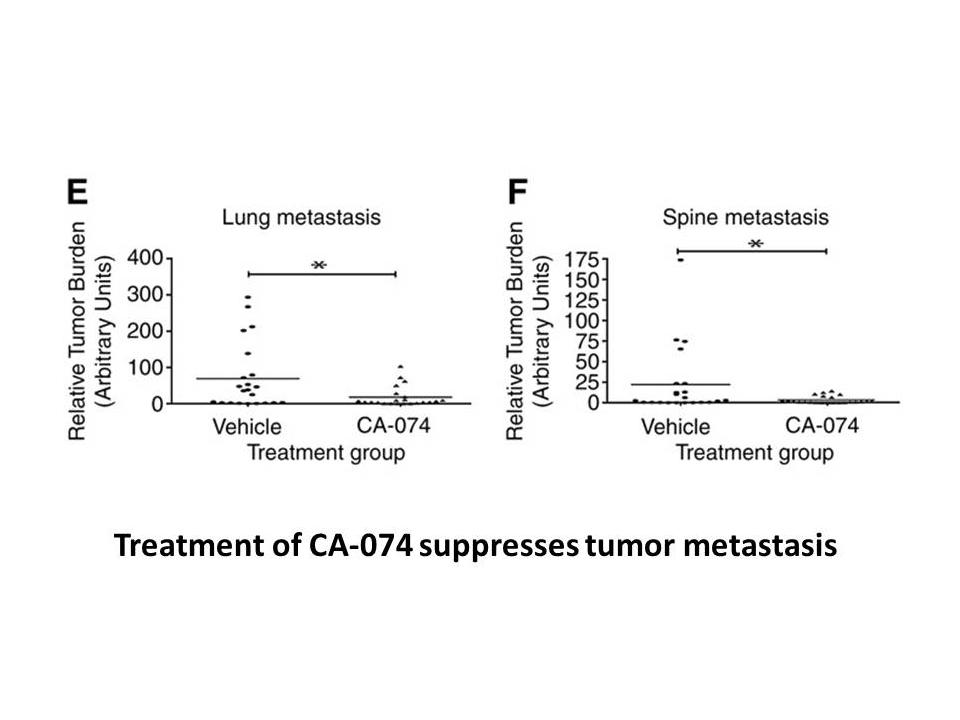
Secondary and primary studies have considered the decision to select the provider and to select components after the component origin is chosen. Examples of secondary and primary studies outside our scope, but still related to decision-making are listed in Tables 1 and 2. The secondary and primary s
-
The present study failed to demonstrate an independent assoc
2019-09-06
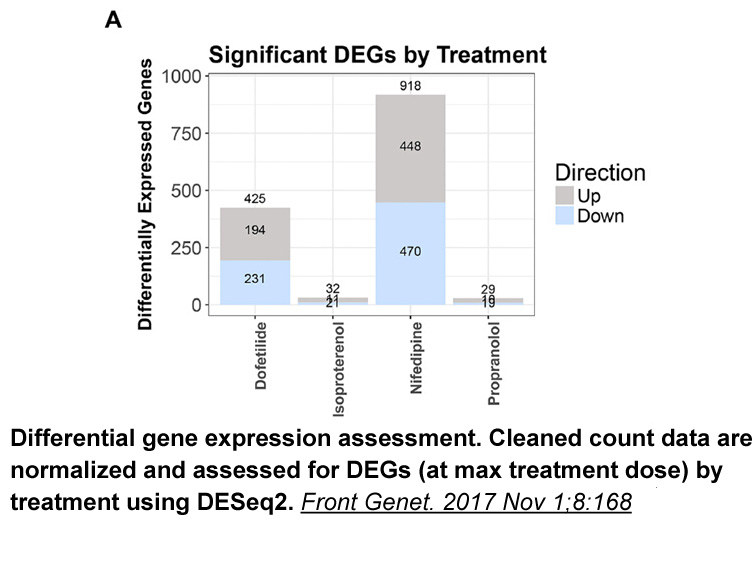
The present study failed to demonstrate an independent association of preoperative ChE with BCR. This is in contrast to Koie et al. who reported that pretreatment serum ChE was significantly associated with BCR in 535 patients with CaP who underwent RP (5-year BRFS rates were 77.7% and 55.0%, respec
-
br Conflict of Interest br Statement of
2019-09-06
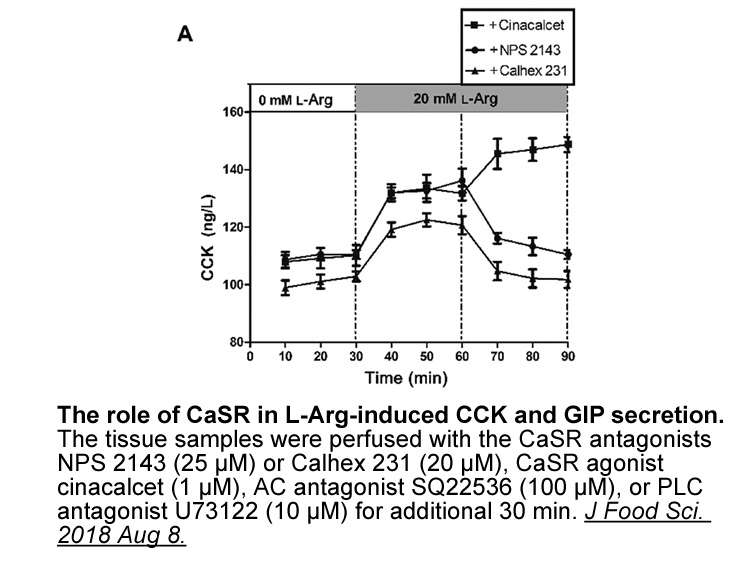
Conflict of Interest Statement of Authorship Introduction Plant endopeptidases are involved in many important biological processes. Recent developments in molecular biological techniques have revealed trace amounts of endopeptidases play essential roles in plant development, turnover of pho
-
br Conclusion br Acknowledgment The authors would like
2019-09-06
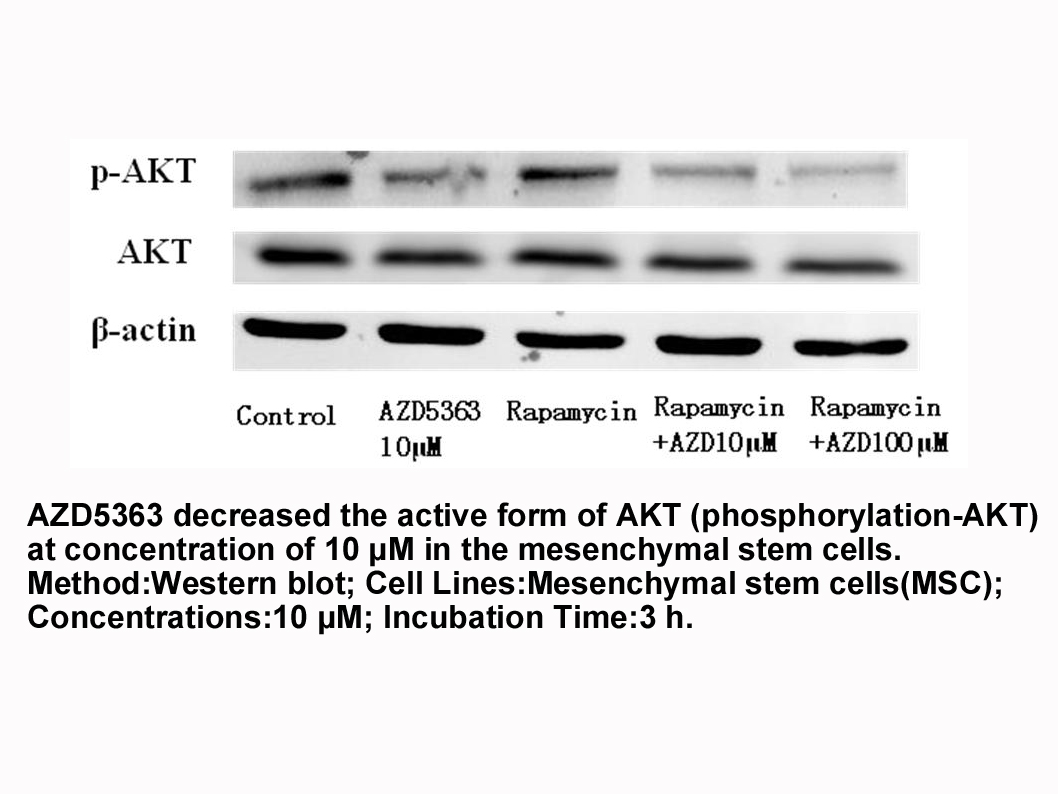
Conclusion Acknowledgment The authors would like to thank “Science and Engineering Research Board (SERB) of Department of Science and Technology (DST) Govt. of India” (Grant No.YSS/2015/002017) for funding the project. Introduction Mutations occurring within EGFR exons 18 to 21 are present
-
br Experimental Procedures br Author Contributions br
2019-09-06
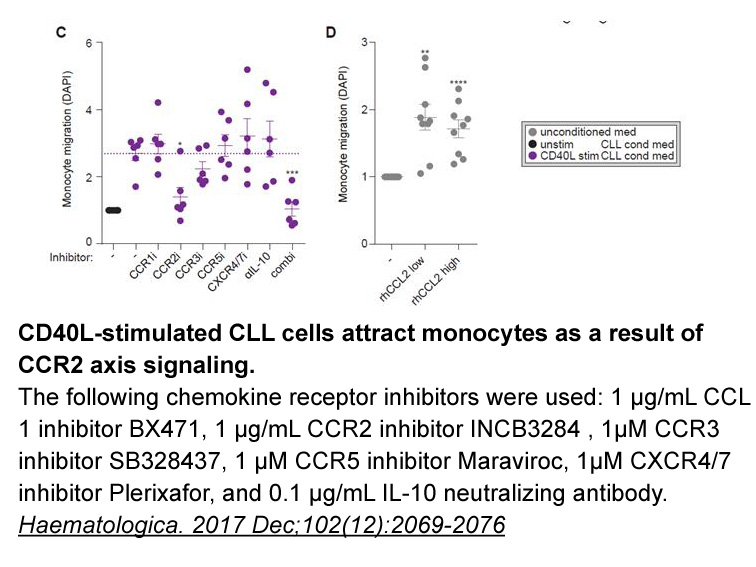
Experimental Procedures Author Contributions Acknowledgments Introduction Germinal centers (GCs) form in secondary lymphoid organs of vertebrates in response to challenge with T-cell-dependent antigens. After extrafollicular and follicular interactions with cognate antigen and T helper c
-
br Experimental br Results and
2019-09-06
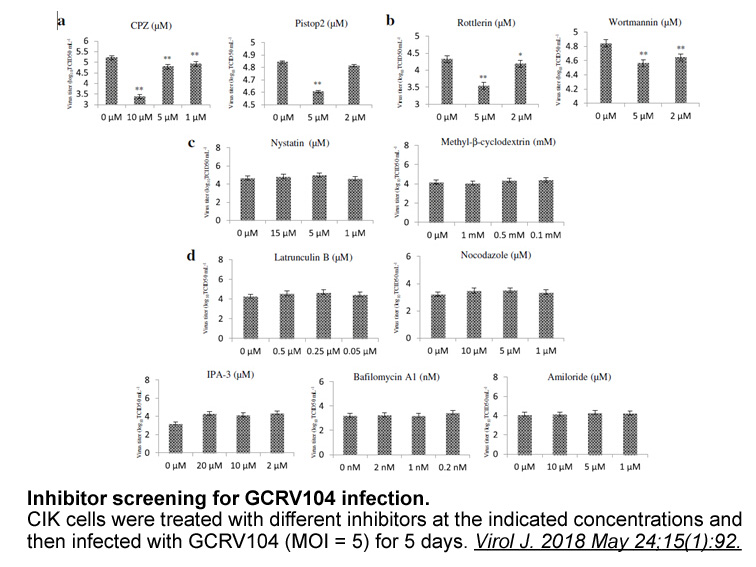
Experimental Results and discussion On the basis of the information obtained from the studies on RHA/TiO2 nanocomposites, it Sivelestat is expected that this reagent can be used as a catalyst for the promotion of the organic reactions. So this reagent was used in the promotion of the conversi
-
br Materials and methods br Results and discussion br
2019-09-06
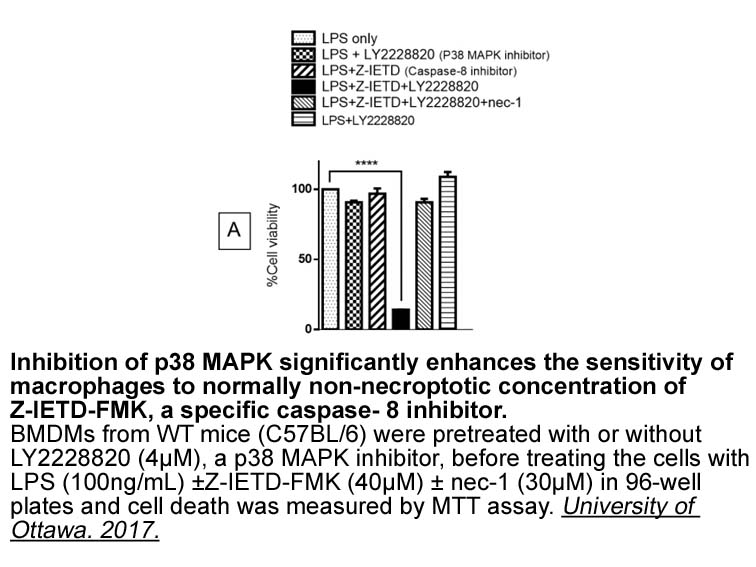
Materials and methods Results and discussion Conclusions The current research work deals with preparation of CES from RHA and comparative study of Ni (II) ion adsorption on CES and RHA. It was observed that carbon embedded silica shows more porous structure and more surface area as compared
-
Our finding that VEGF A induced downregulation
2019-09-06
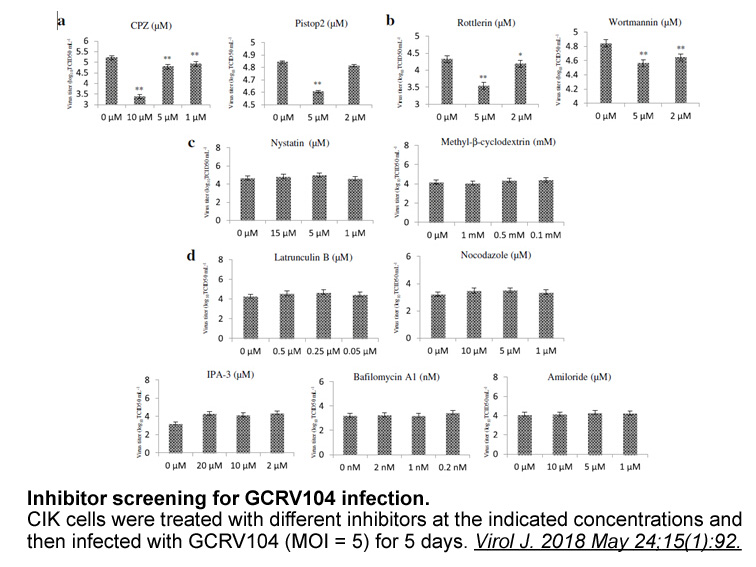
Our finding that VEGF-A induced downregulation of EphB4 is VEGFR2 dependent (Fig. 4A) is not surprising because VEGFR2 is the primary signaling receptor of VEGF-A in EC [34]. However, our finding that VEGF-A induced upregulation of dll4 Castanospermine mass is not inhibited by VEGFR2 inhibition sugg
-
Grapiprant is a selective antagonist for
2019-09-06
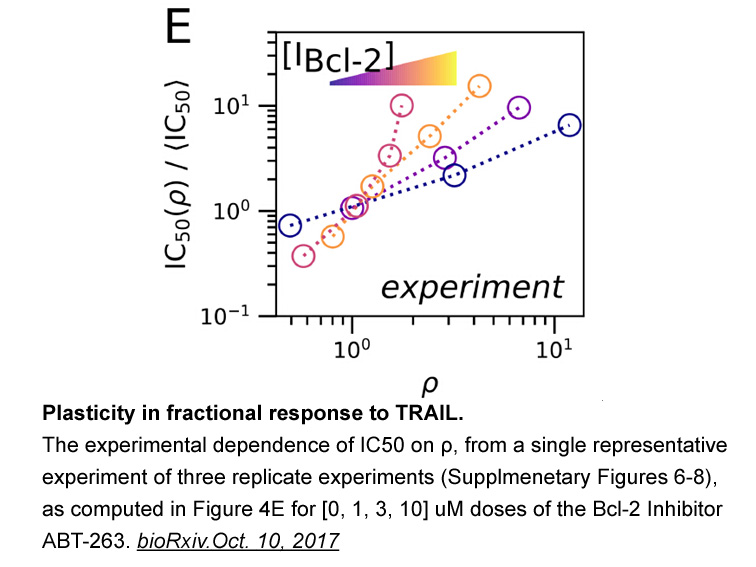
Grapiprant () is a selective antagonist for prostaglandin E (PGE) receptor subtype 4 (EP4) identified as a clinical candidate for the treatment of inflammatory pain associated with osteoarthritis (OA). It is currently under development for use in humans and dogs. The projected dosing regimen of grap
-
br Experimental br Results and discussion br Conclusion
2019-09-06
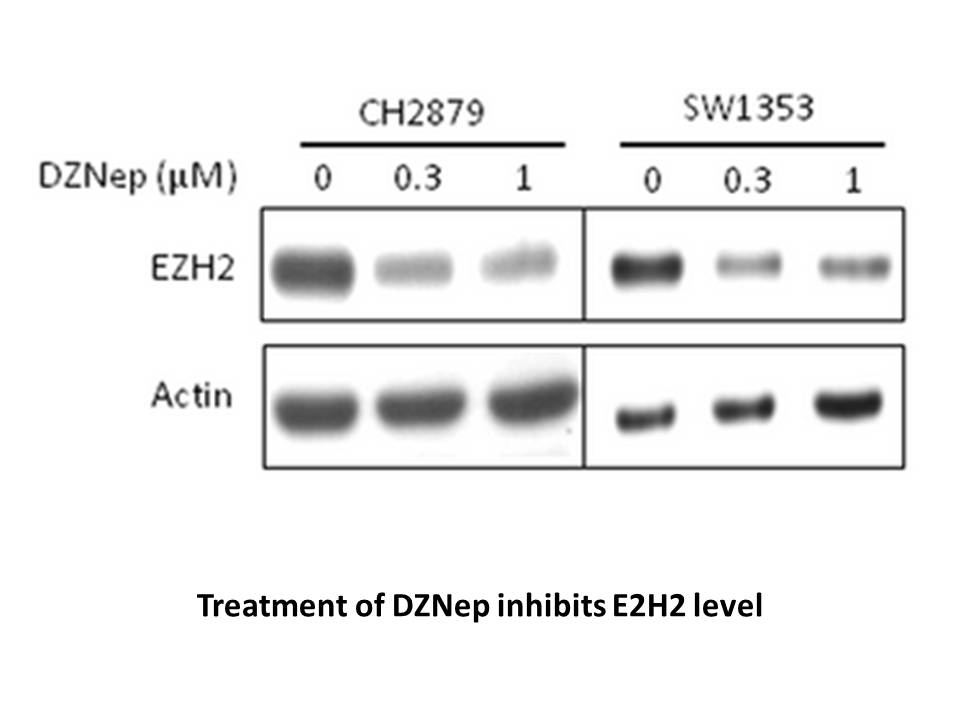
Experimental Results and discussion Conclusion Acknowledgements This work was funded by the National Natural Science Foundation of China (81572080, 81873972and81873980), the National Science and Technology Major Project of the Ministry of Science and Technology of China (2018ZX10732202),
-
CCR is another chemokine receptor that is upregulated in
2019-09-06
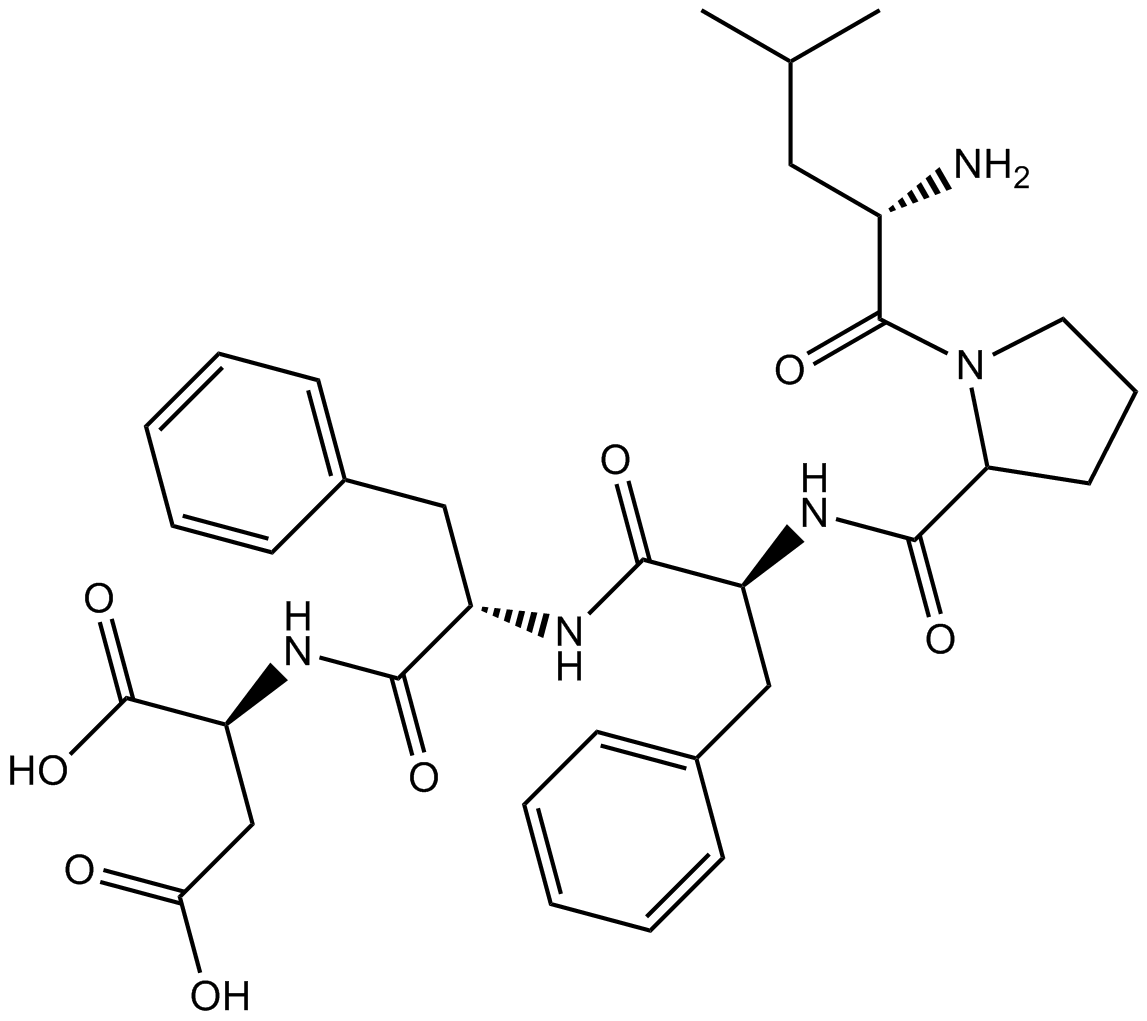
CCR7 is another chemokine receptor that is upregulated in CLL [3], [61], [71], [96] and is believed to play a role in enabling cell entry into lymph nodes [97]. Higher mRNA and protein expression of CCR7 has been observed in unmutated compared to mutated IGHV CLL [46] and increased expression has be
-
Enzymatic assay The usual in
2019-09-06
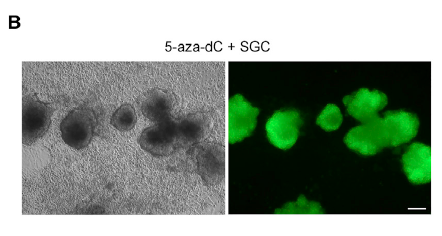
Enzymatic assay. The usual in vitro test for the measure of the activity of DbH involves ascorbate as a cosubstrate (e.g., 5mM) and tyramine as a substrate (e.g., 10mM). When using N-aryl-N′-hydroxyguanidines instead of ascorbate, the hydroxylase activity of DbH was measured by HPLC as the amounts o
15236 records 998/1016 page Previous Next First page 上5页 9969979989991000 下5页 Last page